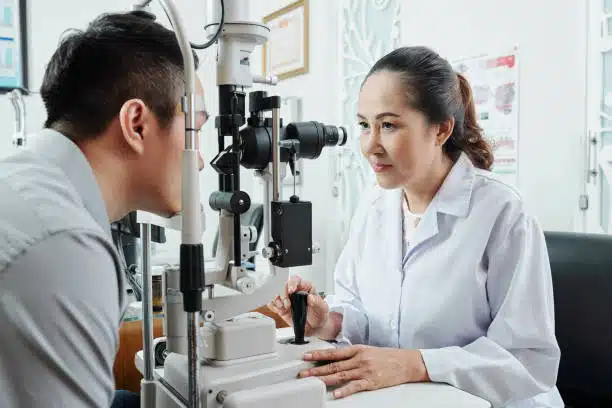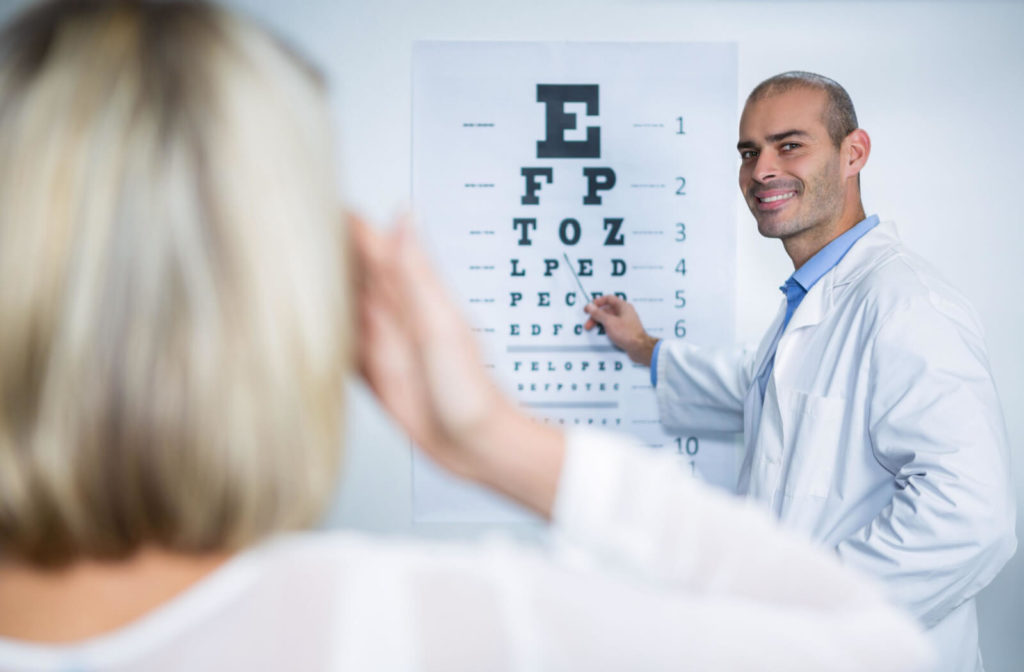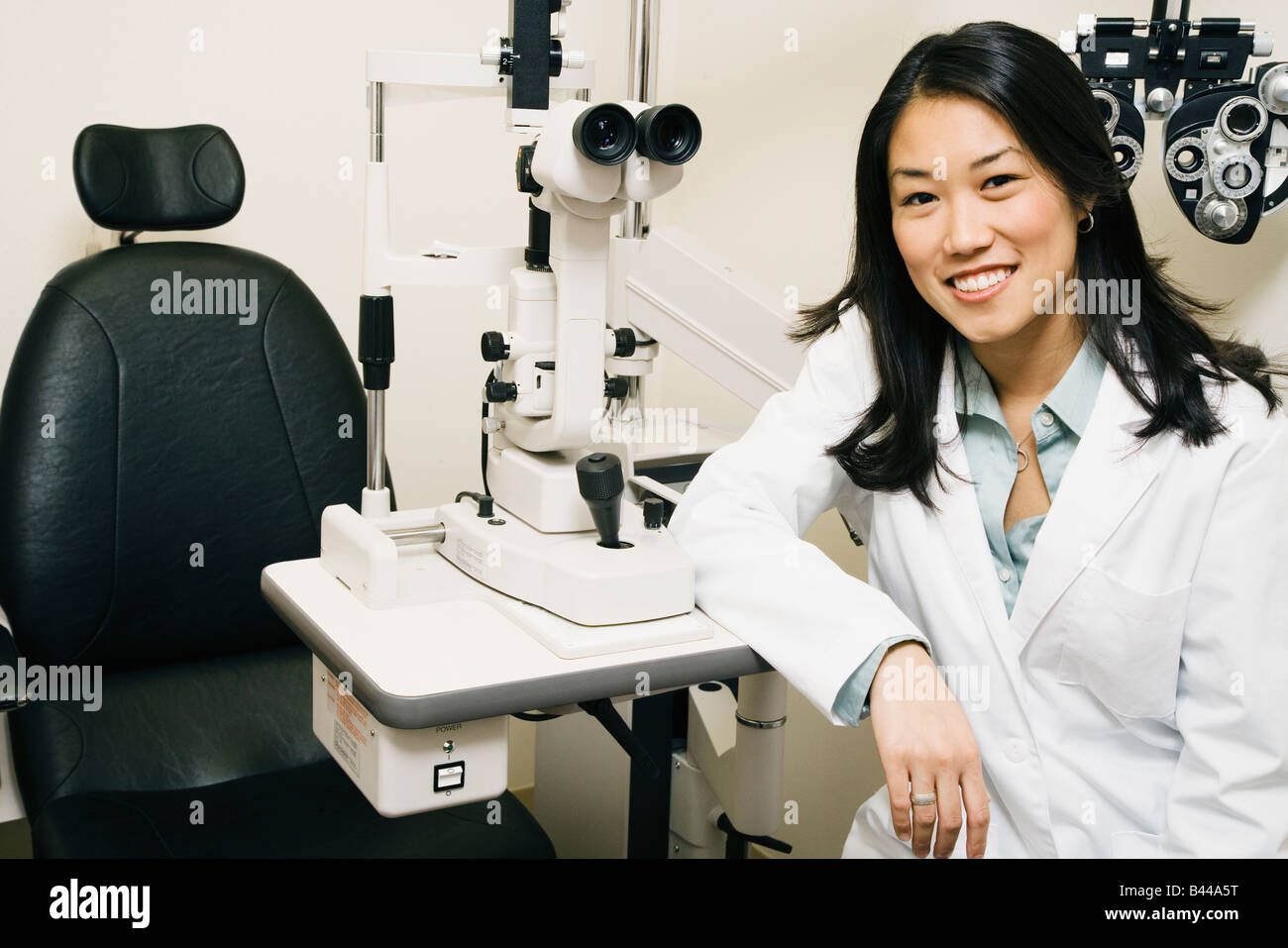Experience Personalized Care with Opticore Optometry in Chino
Checking Out the most recent Technical Developments in Optometry and What They Mean for Eye Doctors
From the precision of Optical Comprehensibility Tomography to the nuanced insights offered by AI-driven analysis devices, these technologies are establishing new standards in patient evaluation and therapy. As these developments permeate the practice, optometrists are encountered with the challenge of accepting these devices to enhance patient outcomes.
Developments in Diagnostic Devices
Progressing the area of optometry, technologies in diagnostic devices have actually transformed the means eye treatment specialists evaluate and diagnose visual impairments and ocular conditions. The past years has seen considerable technological innovations, enabling even more comprehensive and accurate analyses.
An additional trick development is the intro of advanced corneal topography systems, which map the surface area curvature of the cornea with precision. These tools are particularly helpful for fitting get in touch with lenses and identifying corneal problems. Additionally, digital retinal imaging has changed typical ophthalmoscopy, supplying detailed, panoramic views of the retina that facilitate complete aesthetic evaluations.
The growth of wavefront aberrometry has actually likewise been crucial, making it possible for the analysis of refractive mistakes with unparalleled accuracy (Eye Doctor Optometrist). This innovation assists in personalizing corrective lenses and enhancing surgical results for refractive surgical procedures. Collectively, these analysis improvements encourage optometrists to supply superior client care, making sure early treatment and tailored treatment approaches, eventually enhancing visual wellness end results
AI in Patient Administration
Building on the foundation of advanced diagnostic devices, the incorporation of expert system (AI) in client management stands for a transformative leap for optometry. AI systems are significantly utilized to enhance effectiveness, accuracy, and customization in person treatment. By evaluating large amounts of data, AI can identify patterns and anticipate potential ocular problems, enabling eye doctors to customize interventions better. This ability is crucial in managing persistent eye conditions such as glaucoma and diabetic retinopathy, where very early detection and continuous monitoring are key.
Moreover, AI-driven platforms help with streamlined person communications and administrative procedures. Automated organizing, digital consultations, and customized follow-up strategies not just improve client complete satisfaction however additionally optimize time management for practitioners. These systems can triage people based on the urgency of their problems, guaranteeing that those in crucial requirement get punctual attention.
In addition, AI boosts decision-making by giving eye doctors with evidence-based suggestions and therapy paths. By integrating information from electronic health records, AI devices offer understandings that educate clinical choices, reducing the danger of errors and enhancing client end results. As AI remains to advance, its role in individual management will likely expand, improving the landscape of optometric treatment.
Advancements in Retinal Imaging
In the realm of optometry, retinal imaging has actually observed amazing technical developments that are boosting analysis capacities and individual care. Developments such as Optical Comprehensibility Tomography (OCT) and fundus digital photography have changed how optometrists analyze the retina and visualize.
Improved imaging techniques like OCT angiography are Recommended Site further refining diagnostic accuracy. This non-invasive technique maps blood circulation in the retina, supplying important insights into vascular wellness without the demand for dye injections. In addition, flexible optics modern technology is being integrated right into retinal imaging systems to deal with ocular aberrations, supplying extraordinary click now image quality. Such innovations help with the identification of minute retinal changes that could signify illness development.
In addition, improvements in man-made intelligence are increasing retinal imaging by making it possible for computerized evaluation of big datasets. These systems assist optometrists in determining patterns a sign of pathology, thereby enhancing analysis accuracy and effectiveness. Jointly, these developments are transforming retinal imaging into a keystone of modern eye care, boosting end results and broadening therapeutic opportunities.
Teleoptometry's Expanding Function
Teleoptometry is increasingly becoming an important part of eye treatment, driven by advancements in digital communication and analysis devices. This is particularly valuable in rural and underserved locations where access to specialized eye care is commonly restricted.
The combination of expert system (AI) more boosts teleoptometry, allowing the analysis of aesthetic information and aiding in the detection of ocular problems such as glaucoma and diabetic retinopathy. AI-powered formulas can rapidly translate intricate imaging information, providing optometrists with valuable insights that bolster professional decision-making.
In addition, teleoptometry sustains connection of care via smooth assimilation with digital health and wellness documents (EHRs), allowing optometrists to keep thorough person histories. This makes certain that individuals obtain personalized and constant treatment even when talking to different practitioners.
Regardless of these advantages, challenges stay, consisting of guaranteeing data protection and handling patient expectations. Nevertheless, teleoptometry represents a considerable stride towards more obtainable, efficient, and patient-centered eye treatment. As more modern technology progresses, its function is poised to expand further.

Future Trends in Eye Treatment
A myriad of cutting-edge patterns is readied to improve the future of eye care, driven by technical improvements and the evolving requirements of individuals. One significant fad is the integration of man-made intelligence (AI) in diagnostics, which guarantees to improve the accuracy and effectiveness of eye examinations. AI algorithms can evaluate huge quantities of data from retinal photos, possibly detecting problems like diabetic retinopathy and glaucoma earlier than typical methods.
In addition, customized medicine is getting grip in optometry, with hereditary screening notifying personalized treatment plans. This strategy intends to optimize person end results by customizing interventions to individual hereditary accounts. Wearable technology, such as smart call lenses, is likewise coming up, offering real-time surveillance of intraocular stress or glucose levels, hence providing continual understandings into ocular and systemic health and wellness.
The fostering of enhanced truth (AR) and digital truth (VR) in training and individual education is another arising pattern. These modern technologies supply immersive experiences that can improve understanding and abilities both for clients and eye doctors. As these patterns develop, optometrists have to stay abreast of technical innovations to provide cutting-edge care, making sure better individual outcomes and complete satisfaction in the vibrant landscape of eye treatment.
Conclusion

Collectively, these diagnostic improvements equip optometrists to supply premium patient treatment, making certain very early treatment and tailored therapy strategies, eventually improving aesthetic health and wellness results.

As these innovations continue to advance, optometrists should adapt and incorporate them right into technique, ultimately optimizing workflow efficiency and boosting the requirement of eye care supplied to clients.